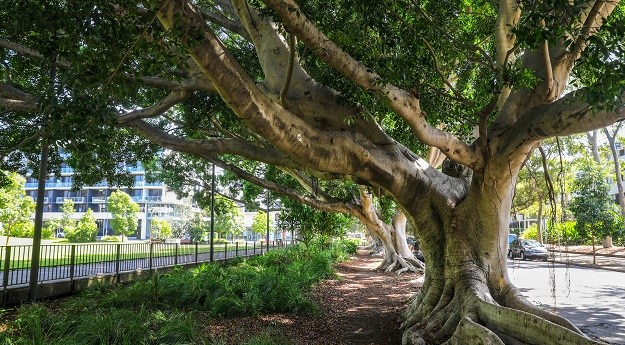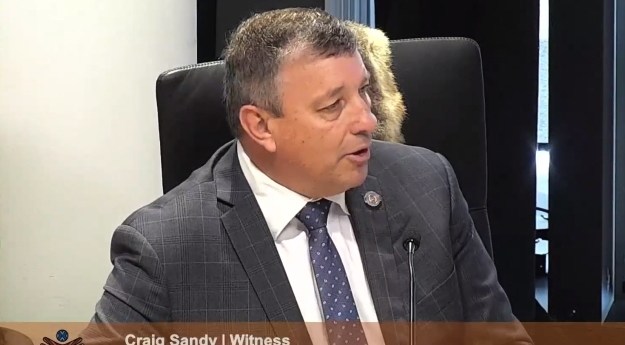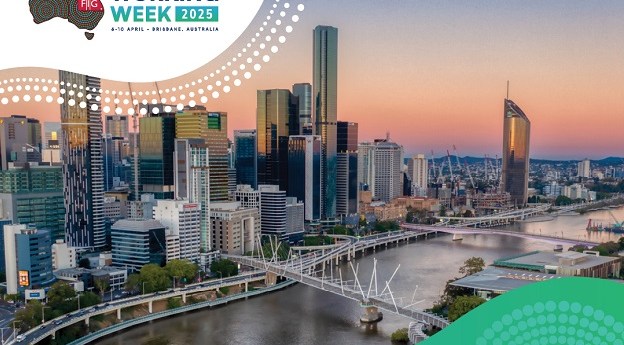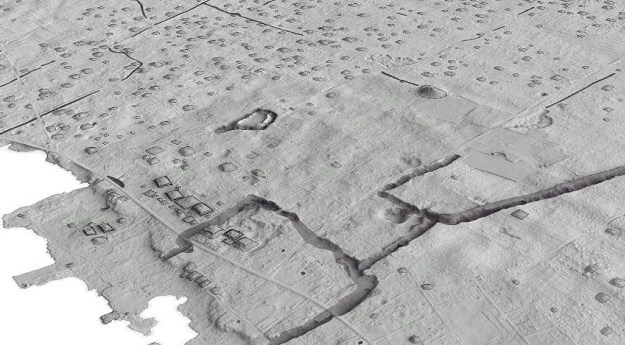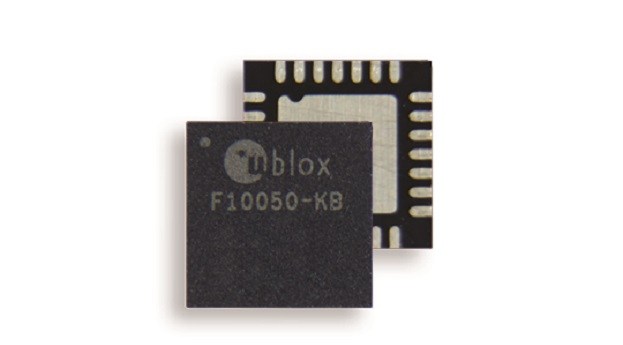
The number of people using online maps for navigation, emergency situations, tourism and public services is growing around the world.
Many of these maps are created through Volunteered Geographic Information (VGI) and contain errors as contributors are often made by people untrained in cartographic methods. The implication of these errors can range from mild irritation at being unable to find a reliable take-away, through to significant issues when the information is relied upon during emergencies.
Dr Mohsen Kalantari, a spatial data engineer, is focusing his attention to develop solutions to this growing problem of poor quality or wrong crowd sourced data being incorporated into online maps.
Dr Kalantari is one of 12 young Victorian scientists to win a prestigious Victoria Fellowship. He received the Fellowship on Wednesday 21 November at the State Library of Victoria from the Minister for Innovation, Services and Small Business Louise Asher.
The Victoria Fellowships, each worth $18,000, were first awarded by the Victorian Government in 1998 to recognise young researchers with leadership potential and to enhance their future careers, while developing new ideas which could offer commercial benefit to Victoria.
The Blackburn North resident will use the Victoria Fellowship to travel to the Centre for Spatial Studies at the University of California Santa Barbara in the US, the Centre for Research in Geomatics in Laval, Canada, Smart City Lab at the Massachusetts Institute of Technology, and NASA where he will undertake systems testing in a bid to make VGI more accurate.
As one of a handful of scientists and engineers worldwide with experience in the use and validation of metadata, the Fellowship will go a long way to helping the surveying and spatial industry and other sectors, such as local government, mining, infrastructure and emergency services.
Most recently, Dr Kalantari led the development of a real-time hazard map application for the NASA Space App Challenge. Watch-Out is powered by geospatial data and social media observations to help provide useful risk information in crises. Of the 138 solutions submitted to international judges, Watch Out was ranked 9.
Dr Kalantari is Associate Director at the Centre for Spatial Data Infrastructures and Land Administration, Department of Infrastructure Engineering, University of Melbourne. He is a lead researcher for an Australian Research Council Linkage project, and also lectures at the University of Melbourne. His contributions to research include over 20 refereed publications.
Other award winners of the $18,000 Victoria Fellowships for 2012 include:
- Mr David Ascher, to develop a cancer drug development program targeting cellular proteins which appear to be able to overcome drug resistance.
- Emma Burrows, to learn more about touchscreen technology that can assist in human brain disorders such as dementia, autism spectrum disorders and schizophrenia.
- Dr Peter de Cruz, to further his work in intestinal failure in order to establish Australia’s first intestinal failure and transplant service.
- Dr William Gee, to create a range of environmentally friendly iron-based catalysts that can be used to generate cheaper and greener plastics.
- Dr Everson Kandare, to test fire retardant materials developed in Victoria in order to ensure better bushfire resistant structures in the future.
- Dr Rachel Kilmister, to work with the world’s leading tannin chemists to learn about the wine-making processes that contribute to wine quality.
- Dr Colin Scholes, to access the latest in membrane contact technology to address many of the challenges that restrict carbon capture and storage.
- Dr Sharath Sriram, to develop new sensing devices using micro and nano fabrication technology.
- Dr Dion Stub, to research cardiac emergency care and treatment strategies.
- Mr Nicholas Tobias To further his understanding of a microbial enzyme he has discovered to see whether it can be applied to new technologies.
- Dr Hai L Vu To investigate Intelligent Transport Systems in a bid to reduce congestion, accidents and to meet growing demands on transport networks.






